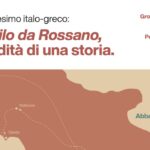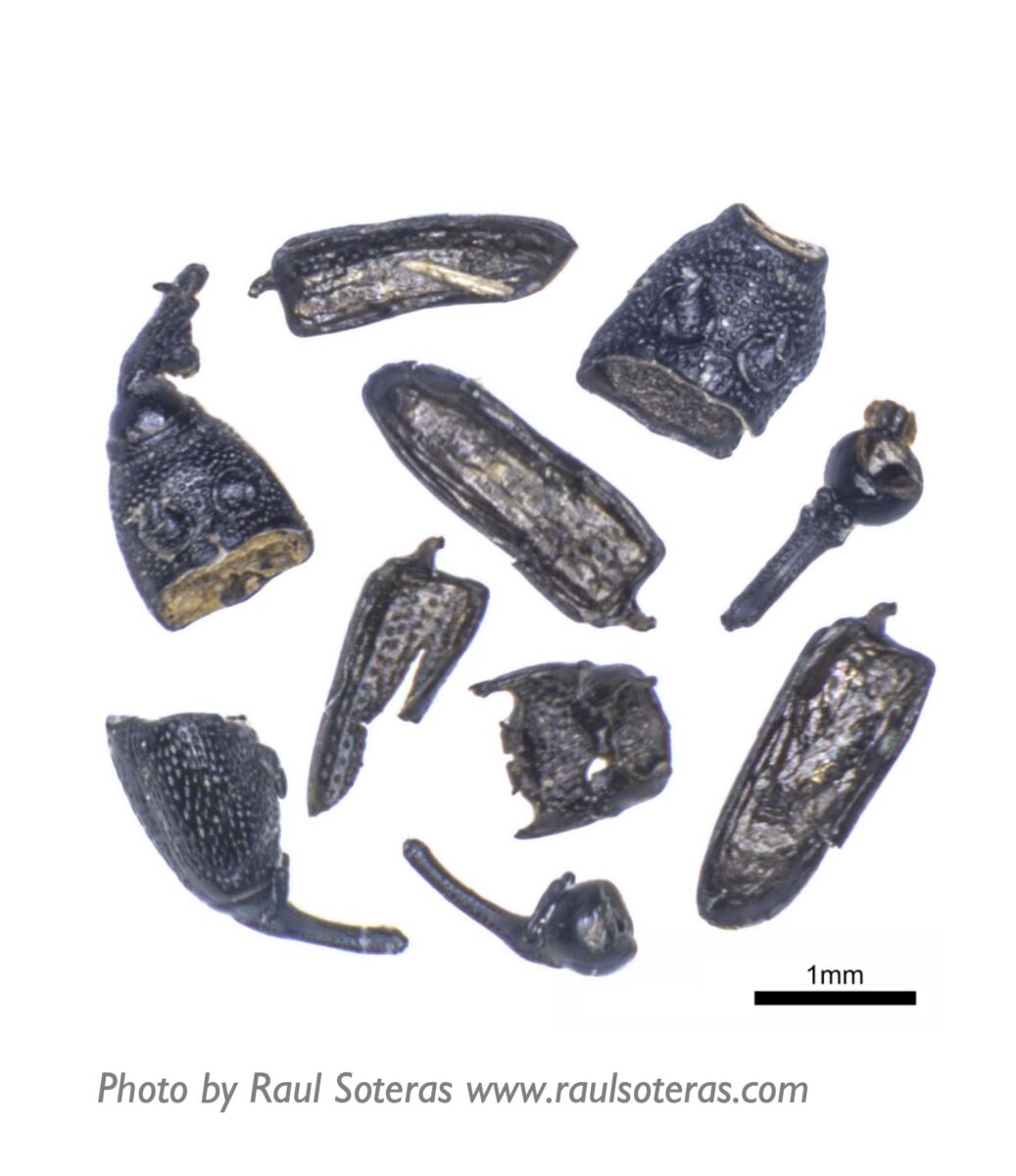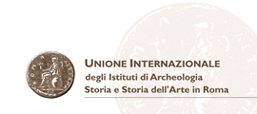Neolithic farming practices in the Western Mediterranean differ from those in other European regions. Naked wheat and naked barley were the most important crops by the end of the 6th millennium BC and these crops eventually expanded northwards together with opium poppy, -while almost in parallel- glume wheats might have experienced a sort of renaissance in the Mediterranean areas during the 4th millennium BC. In order to first identify and then better understand these changes, the AgriChange Project (funded by the Swiss National Science Foundation) was set up, by using a multi-proxy approach to agricultural decision-making in the past. Radiocarbon dates, stable isotope analyses, archaeoentomological and small animal remains, archaeobotanical data and the study of underground storage capacity was the basis for this project. A particular focus was put on wet sites, with new and very valuable data generated for the lake village Isolino Virginia (Lake Varese, Northern Italy) and the open air site of Les Bagnoles (with three wells, in SE France). The talk will focus on the three moments of crop change identified in the area: ca. 5300 BC, ca. 4000 BC and ca. 3400 BC.

CONTACTAR
Via di Sant’Eufemia, 13
00187 Roma (Italia)
Teléfono: +39 06 83 88 39 00
Fax: +39 06 69 92 30 59
escuela@eehar.csic.es
CRÉDITOS
Aviso legal
Política de privacidad
Política de cookies
Desarrollo web planealia
Fotografías de Juan Carlos García Alía
y Luigi Filetici ©












